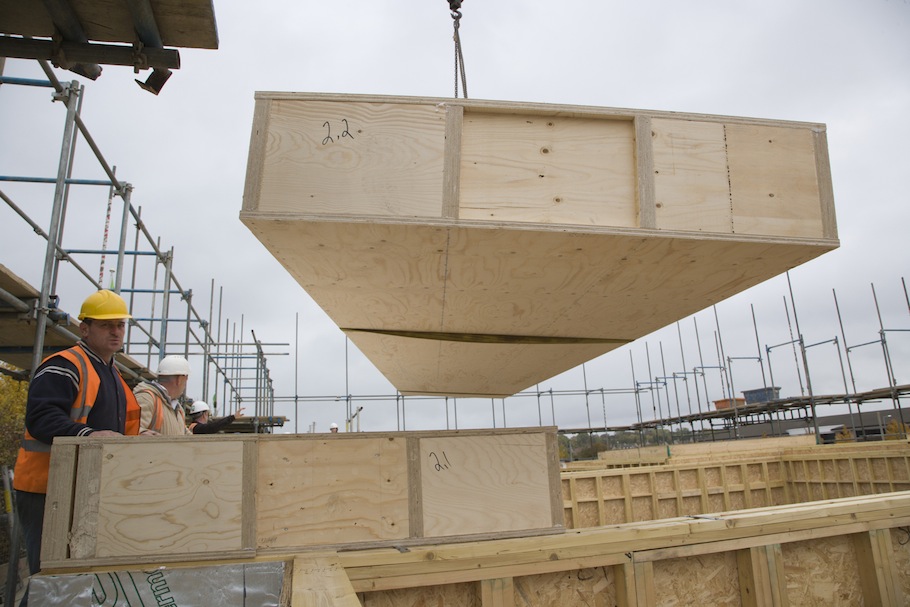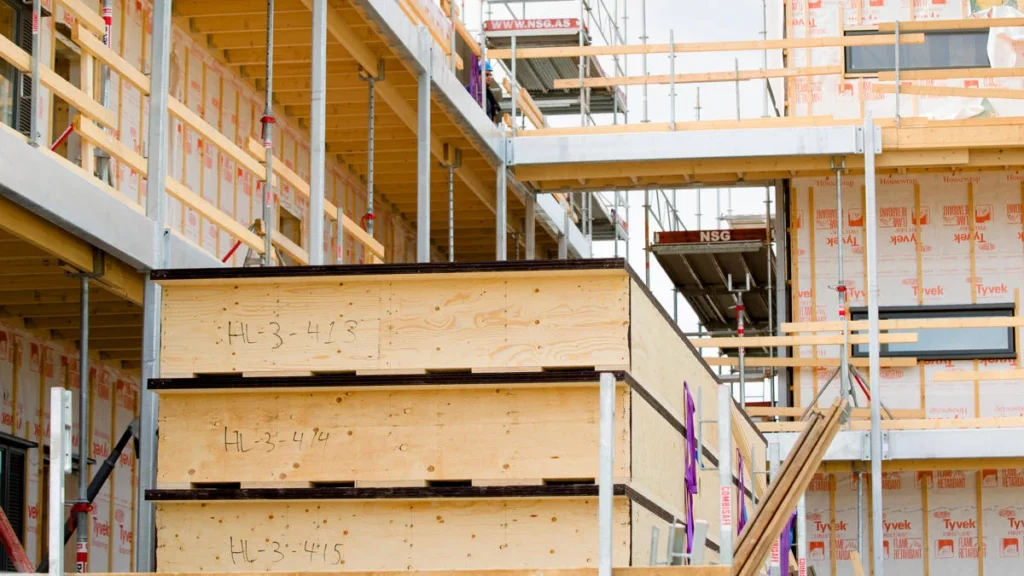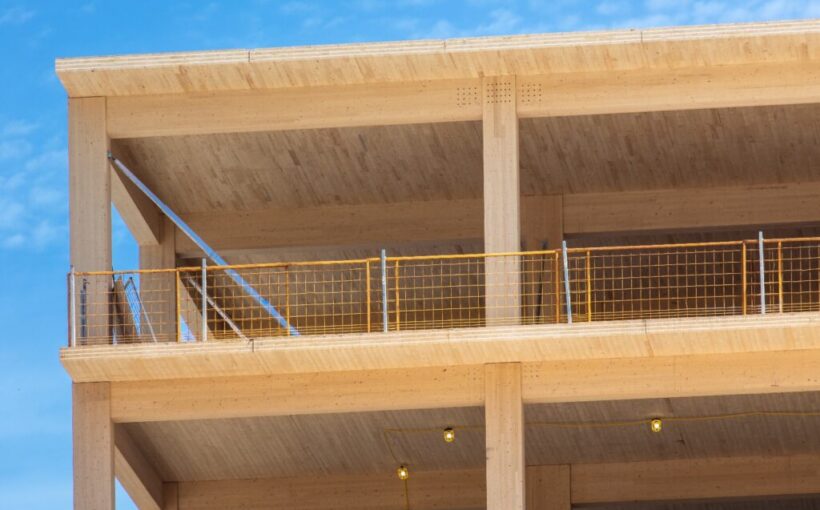LVL construction is a popular method used in modern architecture due to its numerous benefits and wide range of applications. Understanding the basics of LVL construction, exploring its benefits, and examining its various applications can help architects and builders make informed decisions when considering this construction technique. In addition, exploring future trends in LVL construction can provide insight into the evolution of this construction method in the years to come. Let us delve into the world of LVL construction and discover its potential.
Understanding LVL Construction
LVL is widely used in the lvl construction industry for various applications, including beams, headers, and rim boards. Its consistent dimensions and uniform properties make it a reliable material for structural framing. Additionally, LVL is environmentally friendly, as it is often made from fast-growing trees and wood residues, reducing the demand for virgin timber.
Definition and Basic Principles of LVL Construction
LVL, short for Laminated Veneer Lumber, is a type of engineered wood that is characterized by its strength and durability. It is made by layering thin veneers of wood together, with the grain of each layer running perpendicular to the previous one. This cross-grain pattern gives LVL its remarkable strength and stability, making it an ideal choice for construction purposes.
The Process of LVL Construction
The manufacturing process of LVL involves bonding the veneers together using high-strength adhesives. This process ensures that the resulting product is strong, reliable, and resistant to warping or splitting. The use of advanced technology and quality control measures further enhances the structural integrity of LVL. Learn more about advanced technology at https://www.dau.edu/glossary/advanced-technology-development
After the veneers are bonded together, the LVL panels are subjected to heat and pressure in a press to cure the adhesive and create a solid panel. This curing process is crucial for ensuring the strength and stability of the final product. Once the panels are cured, they are cut to the desired sizes and lengths, ready to be used in construction projects.

The Benefits of LVL Construction
Durability and Strength
One of the primary advantages of LVL construction is its exceptional durability and strength. The cross-grain pattern and bonding process make LVL more resistant to bending, tension, and compression compared to traditional solid wood. This durability allows for stable and long-lasting structures that can withstand the test of time.
Furthermore, LVL construction is known for its ability to maintain structural integrity under heavy loads and adverse conditions. This makes it an ideal choice for applications where strength and stability are paramount, such as in high-rise buildings, bridges, and industrial facilities. The consistent quality of LVL also ensures that the structural performance remains reliable over time, providing peace of mind to architects, engineers, and builders. Click here to learn more about bridges.
Environmental Impact
In an era where sustainability is a priority, LVL construction offers eco-friendly benefits. LVL is typically made from fast-growing trees, which are a renewable resource. Additionally, the manufacturing process minimizes waste and utilizes nearly the entire log. These factors contribute to the reduced environmental impact of LVL construction.
Moreover, the use of LVL can help reduce deforestation pressure on old-growth forests, as it provides a strong and reliable alternative to solid timber from mature trees. By choosing LVL for construction projects, builders can support responsible forestry practices and contribute to the preservation of natural habitats for future generations. The eco-friendly nature of LVL aligns with green building standards and certifications, making it a preferred choice for environmentally conscious projects.
Cost-Effectiveness
Compared to other construction materials, LVL offers cost savings without compromising on quality. LVL’s strength and durability allow for smaller, more efficient structural elements, reducing material and labor costs. Moreover, the lightweight nature of LVL makes transportation and installation more efficient, further reducing expenses.
Additionally, the dimensional stability of LVL minimizes warping, twisting, and shrinkage, which can lead to costly repairs and replacements in the long run. This predictability in performance not only saves money during the initial construction phase but also reduces maintenance costs over the lifespan of the structure. The cost-effectiveness of LVL makes it a smart investment for projects seeking to achieve high-quality results within budget constraints.
Applications of LVL in Construction
Residential Buildings
LVL finds extensive use in the construction of residential buildings. Its strength and stability make it an excellent choice for load-bearing elements such as beams, columns, and headers. LVL’s ability to span longer distances compared to solid wood allows for increased design flexibility in residential construction.
Moreover, LVL’s dimensional stability and resistance to warping and twisting make it a reliable choice for residential projects. Whether used in flooring systems, roof beams, or door and window headers, LVL provides consistent performance and durability, ensuring the structural integrity of homes for years to come.
Commercial Structures
In commercial construction, LVL is often used in applications that require a combination of strength and versatility. It is commonly employed in the construction of commercial buildings, warehouses, and retail spaces. LVL beams and columns provide the necessary structural support for these large-scale structures.
Additionally, the fire-resistant properties of LVL make it a preferred choice for commercial structures where safety is paramount. Its ability to maintain structural integrity under high temperatures gives building occupants valuable time to evacuate in case of a fire, enhancing overall safety measures in commercial settings.
Infrastructure Development
The versatility of LVL extends beyond buildings to infrastructure development. LVL is used in bridge construction, offering a lightweight yet robust solution for spans and supports. Its resistance to moisture and chemicals makes it ideal for marine structures, such as docks and piers.
Furthermore, the eco-friendly nature of LVL makes it a sustainable choice for infrastructure projects. With its high strength-to-weight ratio and minimal environmental impact, LVL supports the development of resilient and long-lasting structures that align with modern sustainability goals, ensuring a greener future for infrastructure development.

Future Trends in LVL Construction
Technological Advancements
As technology continues to advance, LVL construction is expected to benefit from innovative manufacturing processes and improved materials. These advancements may lead to even stronger LVL products, allowing for the construction of larger and more complex structures efficiently and sustainably.
One exciting technological advancement on the horizon for LVL construction is the development of smart LVL materials. These materials will be embedded with sensors that can monitor structural integrity in real-time, providing valuable data for maintenance and safety purposes. Additionally, researchers are exploring the use of nanotechnology to enhance the properties of LVL, such as increased fire resistance and durability.
Sustainability and Green Building Practices
The integration of LVL construction with sustainable building practices is a trend that is gaining momentum. With its reduced environmental impact, LVL aligns with the principles of green building and sustainable architecture. This trend is expected to further drive the adoption of LVL in the construction industry.
Furthermore, the concept of circular economy principles is being applied to LVL production, emphasizing the importance of recycling and reusing materials to minimize waste. Manufacturers are exploring innovative ways to repurpose wood waste and offcuts from LVL production processes, creating a closed-loop system that promotes environmental sustainability. By embracing these green practices, the LVL construction industry is not only reducing its carbon footprint but also contributing to a more eco-friendly built environment.
Conclusion: The Role of LVL Construction in Modern Architecture
In conclusion, LVL construction offers numerous benefits and a wide range of applications in modern architecture. Its strength, durability, cost-effectiveness, and sustainability make it a popular choice for architects and builders. From residential buildings to commercial structures and infrastructure development, LVL’s versatility knows no bounds. Continued technological advancements and a growing focus on sustainability are expected to further enhance the role of LVL construction in shaping the future of architecture.
Other resources: Comparing LVL Beams to Traditional Timber What You Need to Know
